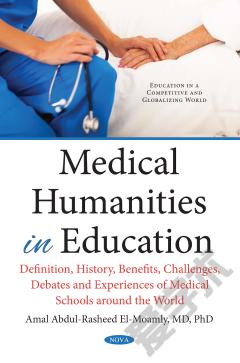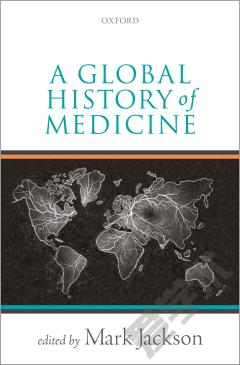Medical Humanities in Education: Definition, History, Benefits, Challenges, Debates and Experiences of Medical Schools around the World
Medical humanities (MH) teaching is considered an important requirement in medical education curricula, as it is concerned with the human side of medicine. The introduction of MH in medical curricula and training programs aims mainly to produce doctors with professional attitudes, respect for the dignity and humanity of their patients, and concern for the patient as a human being rather than merely a disease to treat. To achieve this holistic view of medicine, MH has been increasingly introduced in medical curricula around the world as an interdisciplinary field of education that acknowledges the theoretical, critical and practical insights from across the social sciences, literature, history, philosophy, religion and arts. The aim here is to explore the meanings attached to health, illness, life and death, and to propose a psychosocial–biological approach to health care. Since its advent in medical curricula, MH has given rise to many debates. What, why, when, who, and how are controversial questions raised by many experts in the field. This book puts MH under the microscope. It presents an overview of the definition and history of MH, explores the international scene, and evaluates the extent and various forms of MH programs throughout the world. It also discusses the learning theories which support the philosophy of teaching MH, summarizes the debates surrounding MH, pros and cons of MH in medical curricula, challenges to implementation, and priorities for the future. Also explored here is research evidence on the impact of MH in the medical education field and students’ learning outcomes, program evaluation and student assessment methods, factors that contribute to the success or failure of MH education, and further research needs. It is hoped that this book will serve as a guide to medical educators and decision makers at world educational institutions who wish to achieve the benefits of introducing MH in their medical curricula.
{{comment.content}}








 京公网安备 11010802027623号
京公网安备 11010802027623号